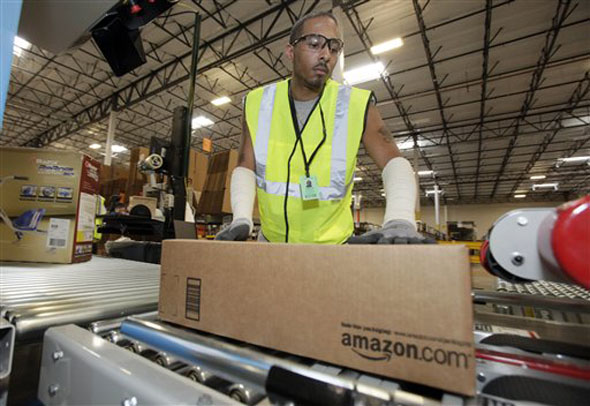
Up-and-coming designer Julianna Bass did everything right. The Tennessee native graduated from New York’s Fashion Institute of Technology, put in her professional dues as an intern for designers Marc Jacobs and Eugenia Kim, gained the attention of the fashion press and competed in the prestigious Gen Art fashion competition for new designers.
Bass, who at 31 has owned her line for three-a-half years, still attracts buyers from fashionable boutiques to her Williamsburg showroom, but sales for her skirts, dresses and blouses – which sell for from $200 to just over $2000 apiece – have yet to match the accolades she’s received.
“People don’t really talk about that, but it’s a reality. They don’t always have the sales volume to back their press,” said Bass in a recent telephone interview. For years, getting fashion products to customers meant getting buyers from boutiques and department stores to stock a line. Now Bass, like many New York designers trying to increase their sales, is turning to the online marketplace.
While online retail has been around since the 1990s, its impact on overall retail sales has more than quadrupled during the past decade, to nearly 5% of total retail revenues. The online apparel market has grown even more quickly, with sales increasing more than eightfold over the past decade. Apparel sales made up nearly 2% of the $100 billion in total online sales in 2009.
The growth of online marketplaces that host and sometimes ship and store products has allowed designers like Bass to broaden their customer base in a way that disregards geography and doesn’t depend entirely on buyer decisions.
A broad array of online marketplaces, from high-end retail options like Wonder Mode and Net-a-Porter to the craft-focused Etsy, is redefining New York’s fashion economy. Social media have also improved both large and small designer’s ability to reach potential customers, especially over the past two years, according to Joan Abraham, who teaches online marketing at Parsons School of Design.
“The fashion industry in general has globbed onto social media,” said Abraham in a recent phone interview, “[Designers] know that if they’re not making that presence, they’re not keeping up.”
Bass currently uses Wonder Mode, a new “luxury” online marketplace launched last May by former fashion designer Aaron Duncan, to provide members with transaction and marketing services in return for approximately 20 percent of the total online sales made through the site.
“It takes a lot of time, expense, and money to develop and e-commerce business. It’s not just easy throwing up an e-commerce page,” said Duncan in a recent phone interview. Duncan said it can cost anywhere from $50 to $10,000 to build and host an online store, not including marketing and social media costs.
But Bass admits that customers still want to be able to try on an item — and in a new field, costs can often outpace results.
Meredith Wendell is a New York-based accessories company that tried to launch its own high-end online store three years ago to sell purses, belts, and other accessories. According to Wendell German, co-owner and business manager of the line, the web development company he used over-charged the young line for its services.
“We went with a web developer that provided the development and hosting and totally took advantage of us…Along with their monthly fee and then the upkeep of the site, it was cost prohibitive to continue selling on our own website,” wrote German in an email.
German and his business partner and wife Meredith eventually opted to go with net-a-porter. German says that in addition to handling shipping and storing merchandise, net-a-porter helped them further build their name.
“It just gives you better brand recognition and people notice who you are,” said German, who says that sales have doubled since Meredith Wendell started working with the site.
For both Bass and the Germans, online stores are not a substitute to getting into “brick and mortar” boutiques, but a chance to get their work to customers without having to depend wholly on buyers.
“The web is such a visual medium and fashion is such a visual art form,” said Abraham in a recent phone interview. “That if you’re serious about using the web to brand yourself and sell your merchandise, you can build a successful line or brand.”